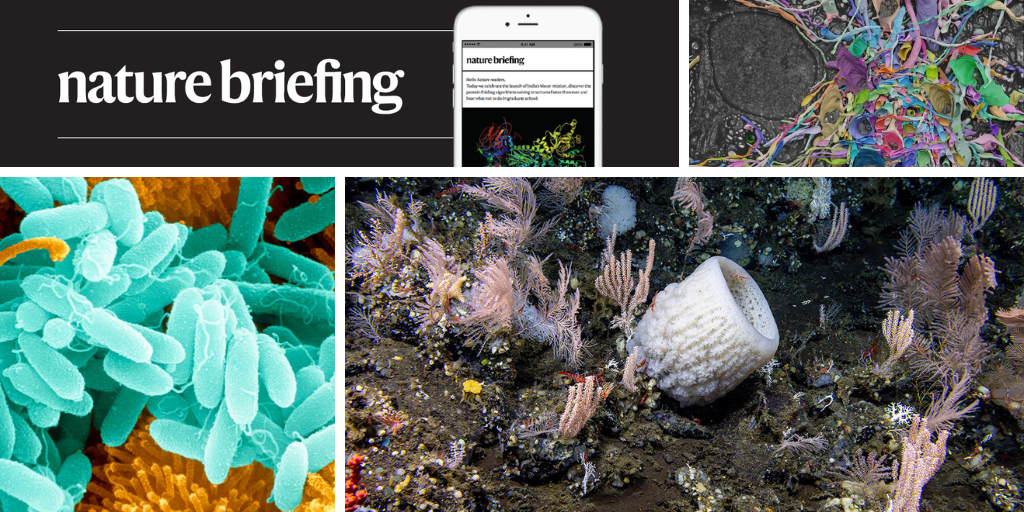
"After more than 20 years of trying, scientists have mapped the molecular structure of the taste receptor responsible for our perception of sweetness."
"This single receptor is responsible for our insatiable, never-ending attraction to sugar, and now that we have this structure, perhaps we can find..."
"A trick that inflates tissue samples to 16 times their original size has allowed scientists to map intricate patterns of cells in mouse brains with a cheap-and-cheerful light microscope."
"Researchers found that the enzyme, dubbed Pap1, can break down a plastic called polycaprolactone that is commonly used in health care because of its biodegradable properties."
Researchers have successfully mapped the molecular structure of the sweetness taste receptor, which had been elusive for over two decades. This discovery could lead to advancements in understanding how artificial sweeteners interact with the receptor. Additionally, a new microscopy technique allows scientists to study mouse brain cell patterns at unprecedented detail, revealing how neural connections are formed. Another study highlights the enzyme Pap1 from Pseudomonas aeruginosa which can degrade a certain biodegradable plastic used in healthcare, potentially explaining its persistence in hospital settings.
#sweetness-receptor #mouse-brain-mapping #neuroscience #biodegradable-plastics #artificial-sweeteners
Read at Nature
Unable to calculate read time
Collection
[
|
...
]